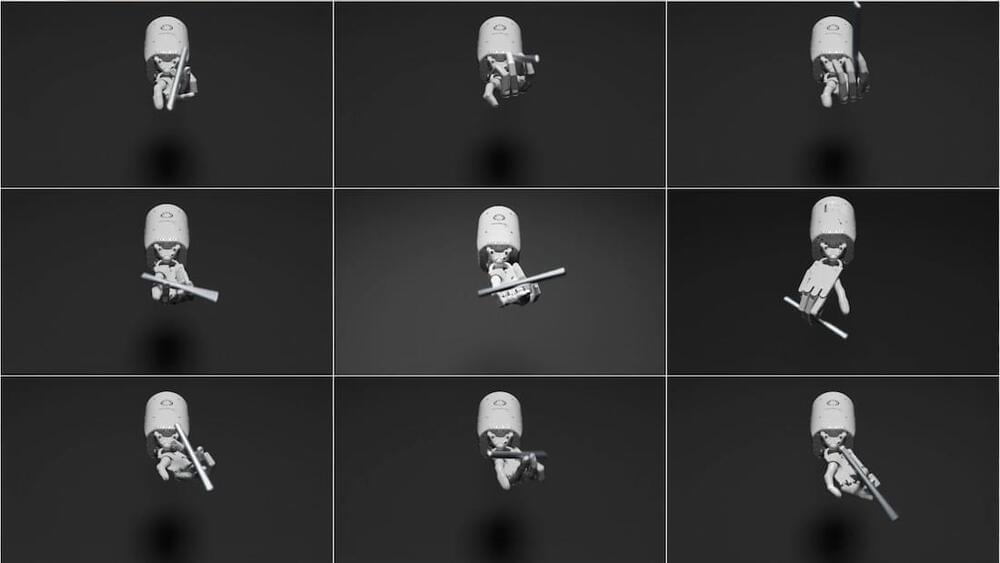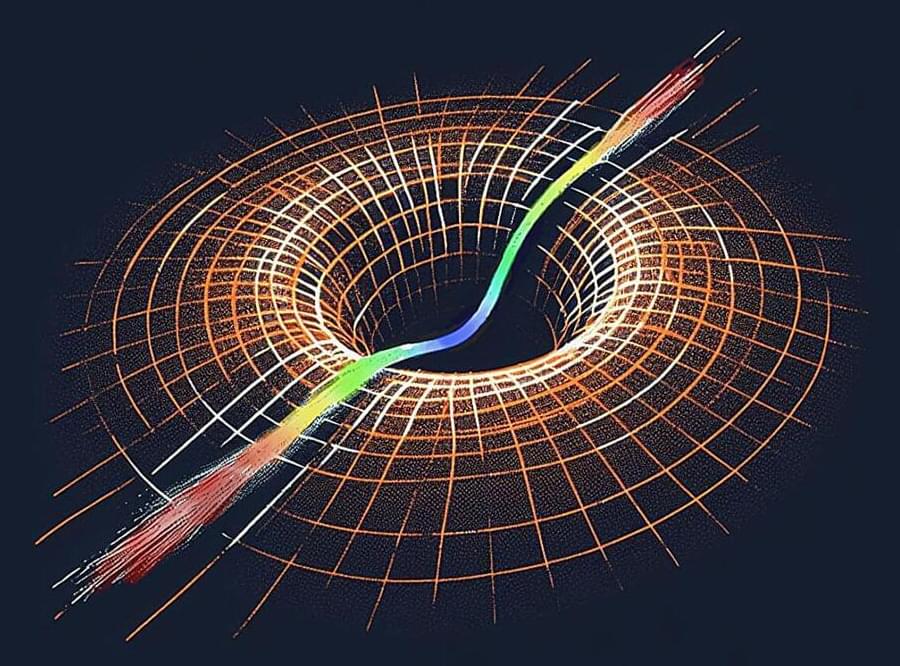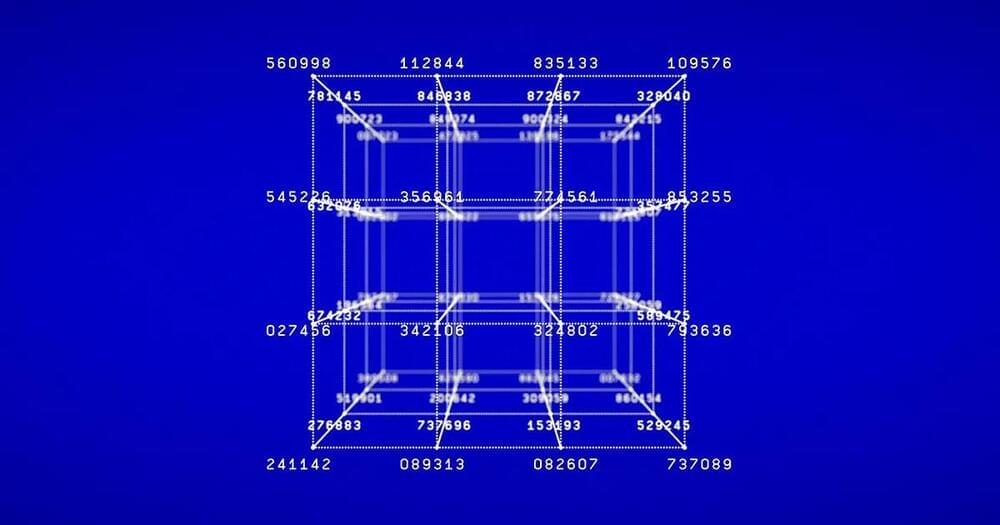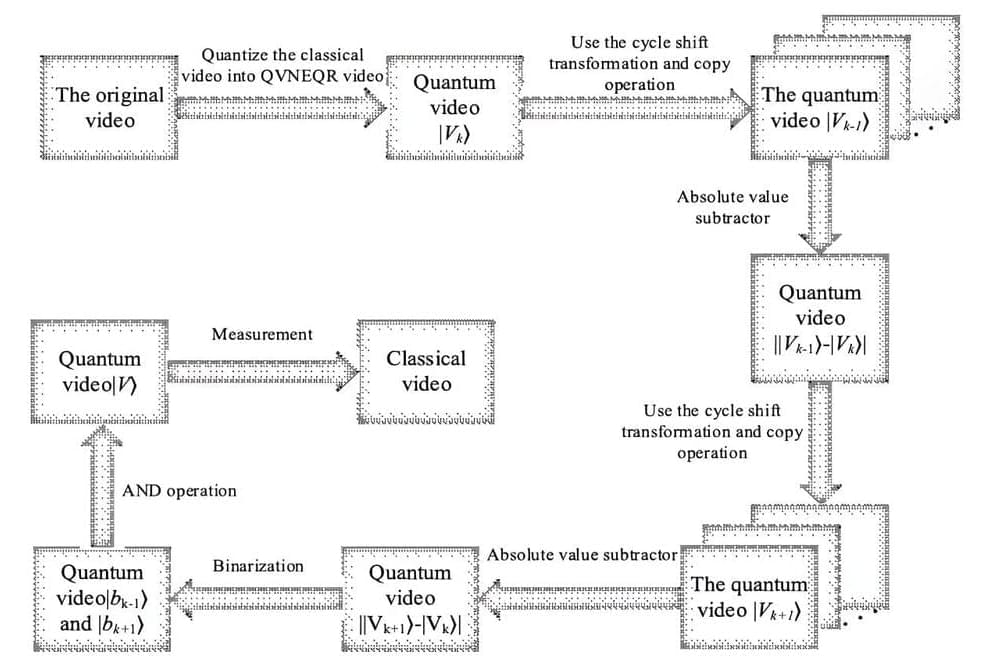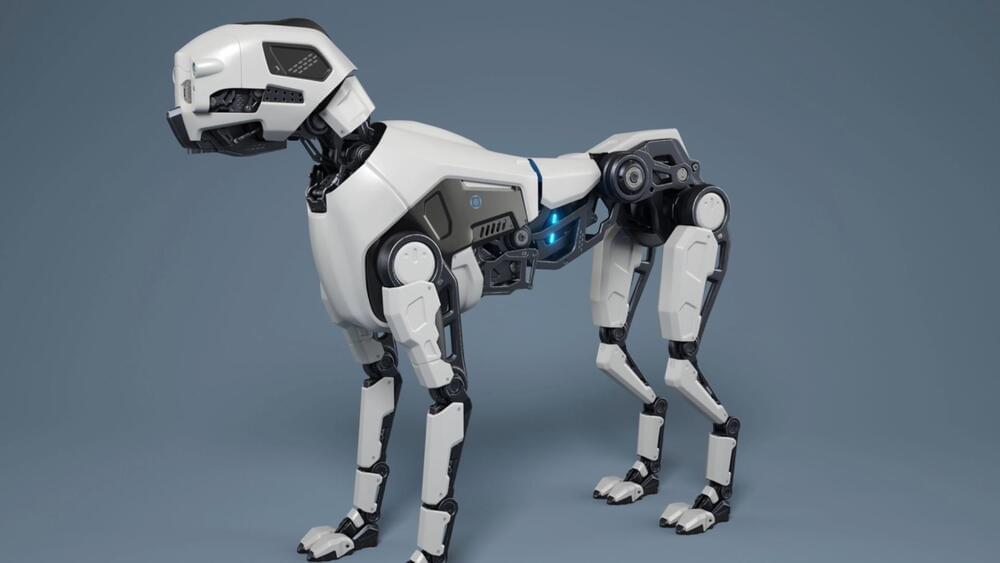Eureka has also taught quadruped, dexterous hands, cobot arms and other robots to open drawers, use scissors, catch balls and nearly 30 different tasks. According to NVIDIA Research, the AI agent’s trial and error-based reward programs are 80 percent more effective than those written by human experts. This shift meant the robots’ performance also improved by over 50 percent. Eureka also self-evaluates based on training results, instructing changes in reward functions as it sees fit.
NVIDIA Research has published a library of its Eureka algorithms, encouraging others to try them out on NVIDIA Isaac Gym, the organization’s “physics simulation reference application for reinforcement learning research.”
The idea of robots teaching robots is seeing increased interest and success. A May 2023 paper published in the Transactions on Machine Learning Research journal presented a new system called SKILL (Shared Knowledge Lifelong Learning), which allowed AI systems to learn 102 different skills, including diagnosing diseases from chest X-rays and identifying species of flowers. The AIs shared their knowledge — acting as teachers in a way — with each other over a communication network and were able to master each of the 102 skills. Researchers at schools like MIT and the University of Bristol have also had success, specifically in using AI to teach robots how to manipulate objects.
